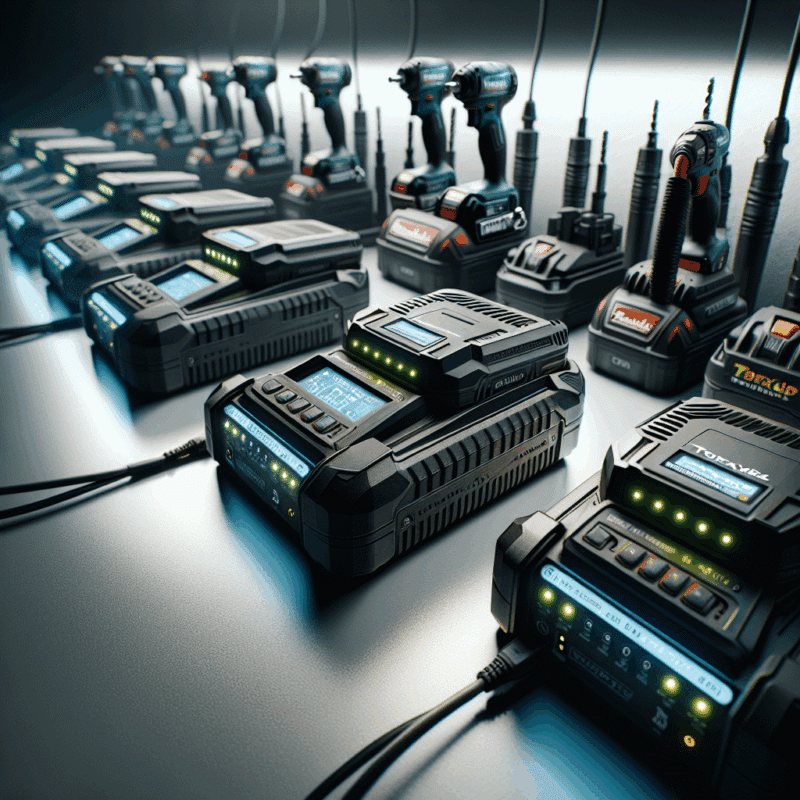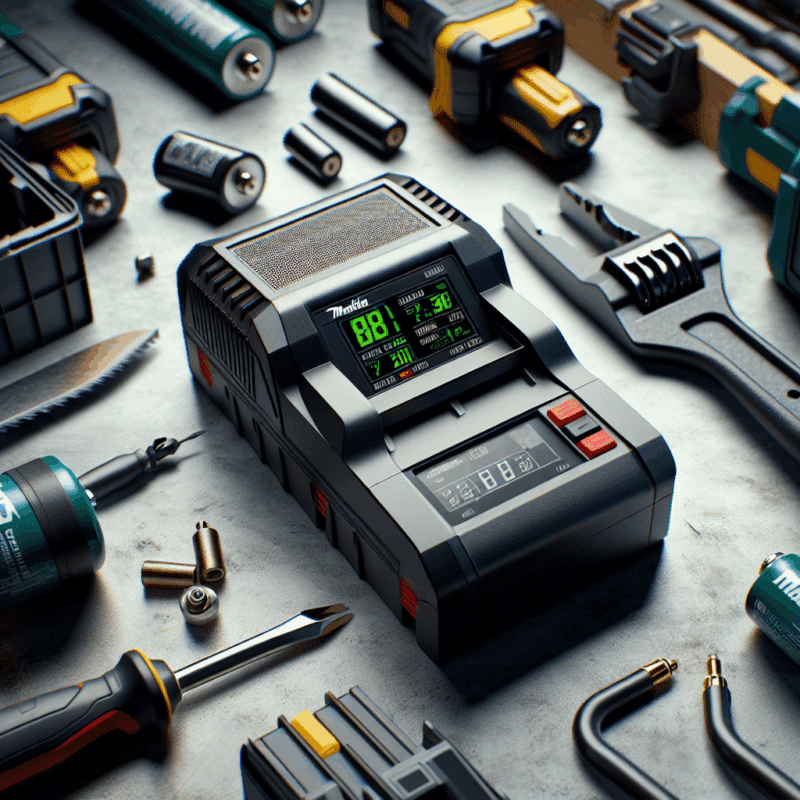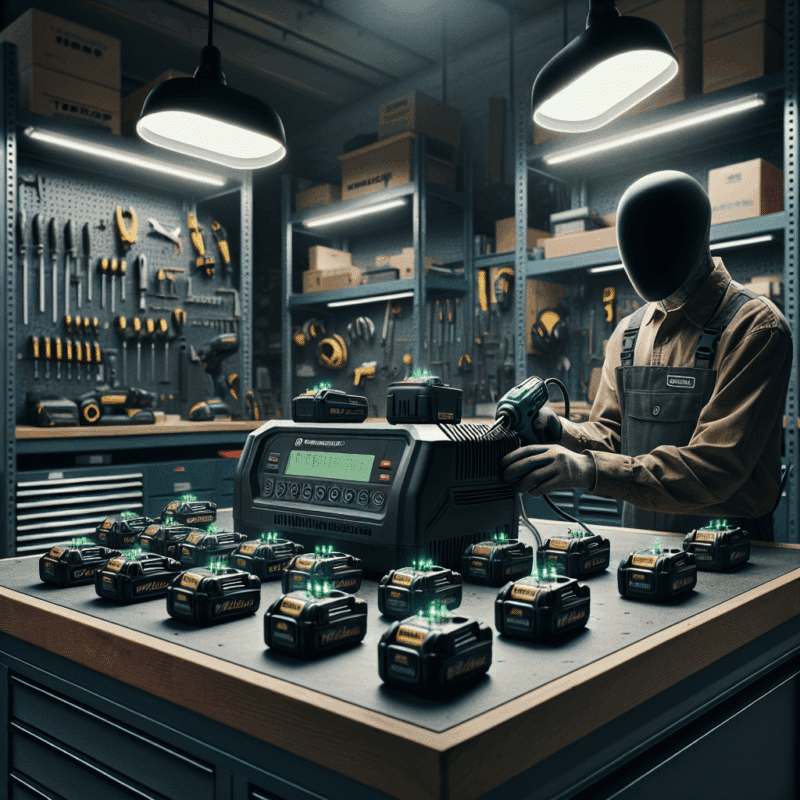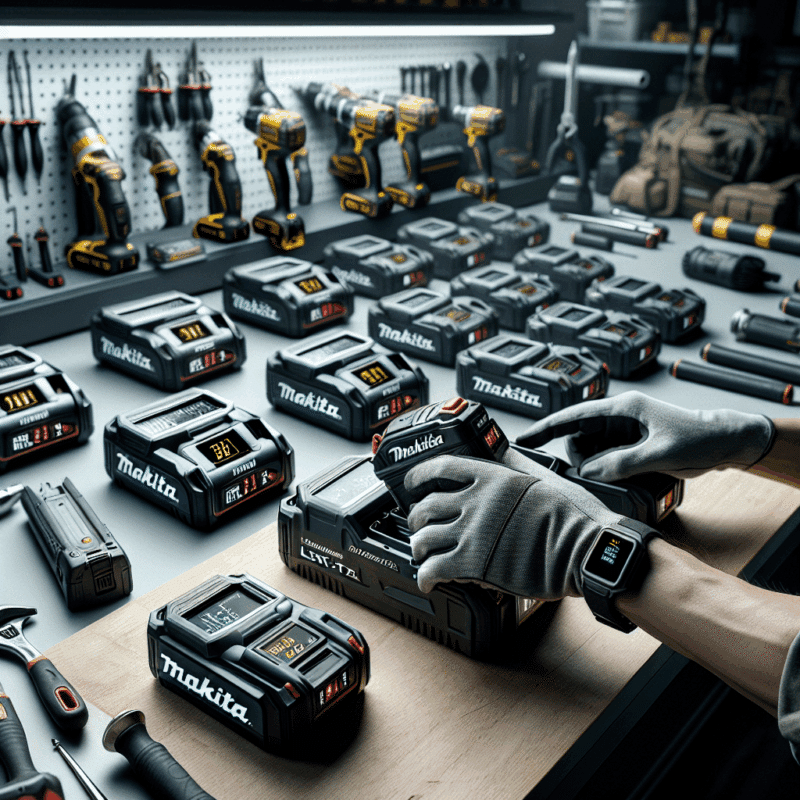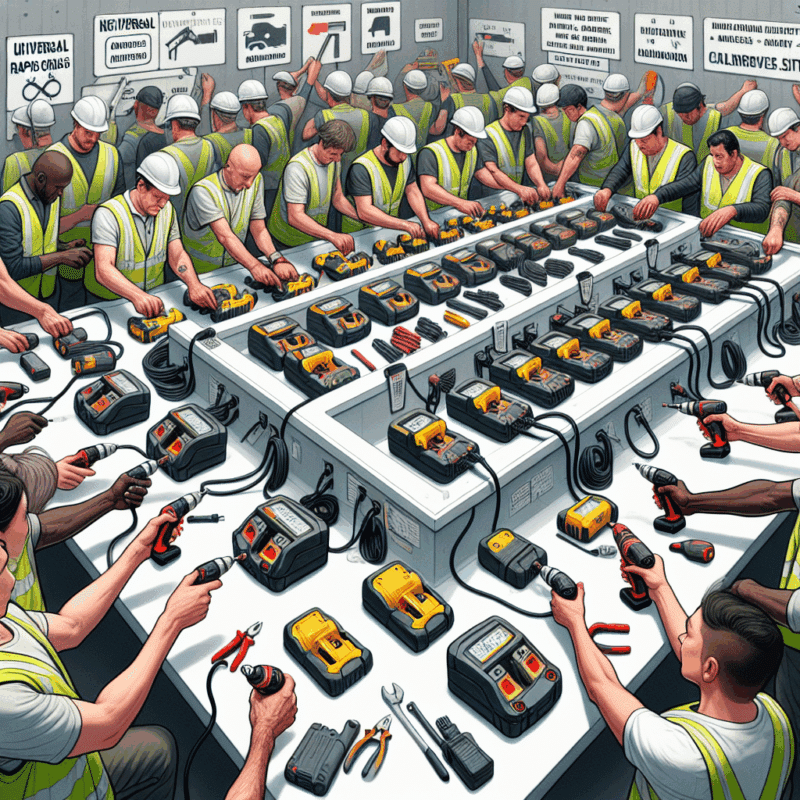How Rapid Charging Trends Are Transforming Trade Productivity
In This Article
- Rapid charging reduces downtime significantly, improving job site efficiency.
- Modern chargers offer smart features that protect battery life and prevent overheating.
- High-speed charging positively impacts project delivery and workforce productivity.
- Makita’s DC18RC and DC40RA are top performers in the rapid charging category.
- Centralised and labelled charging setups enhance safety and organisation on large sites.
- Long-term battery health is maintained through intelligent charging systems.
- Rapid charging adoption is growing across all trade sectors due to measurable ROI.
- Wireless and sustainable charging systems will redefine tool maintenance in coming years.
Why Rapid Charging Matters for Modern Trades
Eliminating Downtime on Busy Worksites
Rapid charging has emerged as a cornerstone of modern productivity across busy construction sites and trade environments. In previous decades, tradespeople often lost valuable hours waiting for tool batteries to recharge, leading to elongated project timelines and significant labour inefficiencies. With rapid charging, wait times are drastically reduced, allowing professionals to return to work faster and meet critical deadlines with greater consistency. This is especially crucial for trades operating on tight schedules and competitive contracts where every minute literally translates to money.

Specifically, a standard lithium-ion battery that once took over an hour to recharge can now reach 80% capacity in under 30 minutes with high-end rapid charging solutions. This results in less idle equipment, smoother workflow synchronisation, and enhanced uptime—all of which directly improve job site efficiency. Time saved on charging enables greater task completion rates per shift, and, as a result, significantly boosts overall site productivity.
Top Innovations in Rapid Charging Tech
Smarter, Cooler, and Faster Chargers
The latest generation of rapid charging technology is as intelligent as it is fast. Modern chargers are not merely speeding up the power cycle—they’re also being engineered with active cooling systems and smart chipsets that monitor battery temperature, usage patterns, and voltage stability. These innovations prolong battery life while keeping the charging process safe and efficient. Thanks to these technological advances, users no longer need to worry about overcharging or thermal degradation during extreme site conditions.
Furthermore, dual-port charging stations are becoming more commonplace, enabling tradespeople to charge two batteries simultaneously without compromising speed or safety. Advanced rapid chargers can now automatically adjust charging outputs based on battery chemistry and condition, optimising performance across multiple battery platforms. These developments are contributing to a future where downtime is virtually non-existent, and tools are always ready for action.
“Rapid charging isn’t just a luxury; it’s fast becoming a necessity for professionals looking to maximise tool output and minimise waste.”
Impact of Charging Time on Project Delivery
Project managers across various trades are increasingly factoring charging time into labour planning and project delivery forecasts. Rapid charging reduces wait intervals between tasks that rely on battery-powered tools, ensuring that workflows remain uninterrupted. This is especially pivotal in sequential task environments, where a delay in one process can cascade into missed milestones further down the line.
In fields such as electrical fitting, plumbing, and bespoke fabrication, where rapid decision-making and real-time execution are essential, the availability of fast-charging tools contributes to seamless coordination among teams. Ultimately, the quicker the turnaround on battery replenishment, the better the alignment with construction phases and client expectations. By incorporating rapid charging systems, trades can not only meet but often exceed project delivery goals.
Case Study: Fast Charging in UK Construction
Consider the example of a major commercial build in Manchester, where rapid charging was integrated into daily operations. The site operated with multiple crews using high-drain cordless tools. Through the implementation of rapid-charging stations powered by a mobile generator setup, recharge cycles were reduced by 60%. According to the site foreman, “Learn more about Power Tool Charging Solutions and Worksite Productivity”, productivity gains were evident within the first week.
In sectors like joinery and wall framing, whose workforce heavily relies on batteries, fast charging played a critical role. The speed of energy replenishment meant that rotation systems for battery sharing were minimised, thus streamlining tool allocation and increasing active tool time. This case underscores how rapid charging can act as a lever for cost-saving and efficiency improvements in real-world environments.
Comparing the Fastest Chargers for Makita Tools
For professionals relying on Makita’s expansive cordless platform, identifying the top rapid chargers can yield significant benefits. The Makita DC18RC and DC40RA are amongst the fastest chargers available for their respective 18V and 40V platforms. The DC40RA achieves approximately 80% charge on a 4.0Ah battery in around 28 minutes, while the compact DC18RC fully charges an 18V 3.0Ah battery in about 22 minutes.
Notably, both models feature built-in cooling fans that actively manage battery heat during charge cycles. This design not only increases charging speed but also extends battery life by mitigating thermal stress. The LED interface on these devices also provides users with real-time diagnostics, offering insights into battery condition. When comparing across brands, Makita’s chargers remain industry-leading in terms of reliability and speed, making them a preferred choice for professionals wanting rapid charging capabilities optimised for their workflow.
What to Look for in a Site Charging Setup
When evaluating a charging setup for your trade site, several factors must be considered. Firstly, assess the voltage needs of your power tools and ensure compatibility across your charging inventory. Rapid charging units vary considerably in their output efficiencies, so choosing models rated for your specific tool series is crucial. Also, look for chargers that support multiple battery formats if your crew uses hybrid platforms.
Another key consideration is power source reliability. Whether using mains electricity or a generator, it’s important to ensure consistent and clean power supply. Voltage fluctuations can damage batteries or reduce charger efficiency. On larger sites, deploying a centralised charging area equipped with surge protection and proper ventilation can also enhance safety and organisation. Don’t forget to label chargers by tool or crew to avoid unnecessary swaps and misplacement.
For sites dealing with high tool turnover, fleet tracking apps that interface with smart chargers can also offer real-time insights into availability, usage, and maintenance schedules. Latest rapid charging trends across industries for more on digital solutions to manage cordless tool fleets effectively.
Battery Health and Long-Term Tool Care
One common concern among tradespeople is whether rapid charging adversely affects battery health. The worry stems from older models where fast charge rates led to heat buildup and shortened battery lifespan. Fortunately, modern engineering has addressed this issue. Advanced charging protocols regulate current based on battery chemistry and condition, which significantly prevents damage.
Moreover, many of today’s rapid chargers include thermal sensors and pre-charge evaluations. These features allow the charger to “refuse” power to faulty or overheated batteries, preventing degradation. To maximise longevity, it’s advisable to rotate your battery stock between older and newer packs. Regular inspection and storage in temperature-stable environments can also prolong service life. Read a related article offers guidelines on tool and battery maintenance tailored for trade professionals.
Adoption Rates in Professional Trades
The adoption of rapid charging solutions across professional trades has surged in recent years. Electrical contractors, carpenters, and HVAC technicians are among the early adopters, having experienced firsthand the productivity returns. Industry surveys in the UK cite a 45% rise in expenditure on battery and charging tech between 2020 and 2023.
This trend is further fuelled by competitive pressures and technological literacy among younger professionals entering the field. Tool manufacturers are responding by including rapid chargers in standard kit bundles and offering trade-in programmes. As battery-powered platforms become more powerful and replace corded equivalents, the dependency on efficient rapid charging is only set to deepen.
Future Trends in Cordless Tool Charging
Looking forward, several promising trends are set to revolutionise cordless tool charging even further. Wireless charging pads for portable batteries, already common in consumer electronics, are slowly entering the power tool sphere. Imagine placing your drill on a bench that charges it without any cable—it’s not far-fetched anymore.
Additionally, AI-driven charging stations capable of forecasting demand based on usage history will allow predictive maintenance and energy optimisation. Solar-powered mobile charging stations are also being trialled on sustainable builds. With climate goals pushing eco-friendly practices, these off-grid systems may become standard in the future. AI-driven innovations transforming compliance processes highlights emerging technologies in sustainable construction infrastructure.
Conclusion: Productivity Powered by Innovation
The significance of rapid charging in modern trades cannot be overstated. It forms a critical link between productivity, tool uptime, and project management efficiency. As trades evolve further into the cordless domain, fast and intelligent charging solutions are no longer optional—they are essential tools in their own right.
From cutting-edge chargers that cool as they charge, to fleet-level deployment strategies, the trade sector stands on the brink of a productivity revolution driven by battery innovation. Investing in the right charging strategy not only improves your bottom line but ensures your team delivers consistent, high-quality work. As advances continue to emerge, those quickest to adapt will reap the rewards of unmatched efficiency.
Great guide on trend-watch-rapid-charging-trade-productivity – Community Feedback
How does rapid charging improve trade productivity on site?
Rapid charging minimises tool downtime, ensuring tradespeople spend less time waiting and more time working. By quickly replenishing batteries, projects maintain steady progress, increasing workflow efficiency and reducing costly delays across UK worksites.
What innovations are shaping rapid charger technology?
Innovations include enhanced cooling systems, smarter charging profiles, and compatibility with high-capacity batteries. These advancements enable faster, safer charging while preserving battery health, driving the adoption of rapid chargers for trade professionals.
Are there risks to battery lifespan from rapid charging?
When using a quality rapid charger designed for your battery, risks are minimised. Advanced models manage heat and charging profiles to protect battery cells. However, sustained improper charging or using incompatible chargers can reduce battery longevity.




